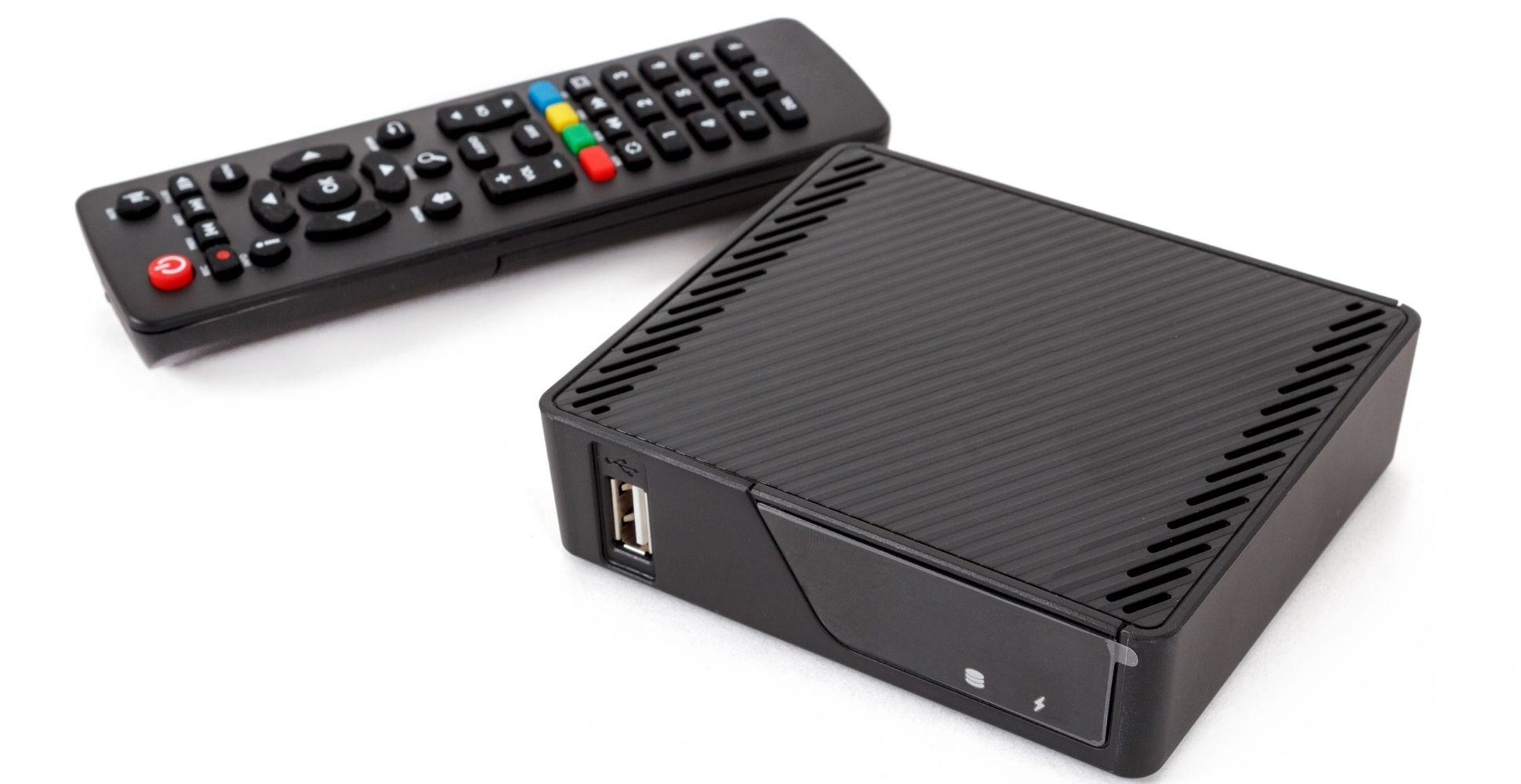The Environmental Effect of Android Streaming Devices: An Discussion Panel
In recent years, the rise of smart TV devices has transformed the way we watch media, providing a convenient and versatile way to watch shows directly to our TVs. These devices have gained huge popularity due to their budget-friendly price and the plethora of apps they support. However, as we welcome these tech innovations, it is crucial to consider the environmental impact associated with their production, usage, and waste.
As consumers more and more turn to TV boxes for leisure, the eco-friendliness of these devices must come into focus. While they offer accessibility and access to a vast array of content, we must take into account the materials involved in creating electronic devices, their power usage, and the issues they present at the end of life. Understanding the environmental footprint of Android TV boxes allows us to make more informed choices about the technology we use and its impact on the planet.
Waste Generation and E-Waste
The surge in popularity of Android TV boxes has led to substantial waste generation. With superbox , consumers often transition to the newest models, leaving behind outdated devices. These abandoned TV boxes contribute to a growing problem of electronic waste, which can be difficult to manage due to the components used in their construction.
E-waste, including Android TV boxes, poses environmental hazards if not disposed of correctly. Many of these devices contain hazardous substances such as lead, mercury, and cadmium, which can drain into the soil and water if they end up in landfills. This contamination can have dire consequences for ecosystems and human health, highlighting the importance of sustainable disposal methods.
Recycling and proper e-waste management are crucial in reducing the environmental impact of discarded Android TV boxes. Initiatives that facilitate the accumulation and recycling of electronics can help extract valuable materials and reduce the volume of waste that ends up in landfills. By inspiring consumers to recycle their outdated devices, we can work towards lessening the environmental footprint associated with the ever-evolving technology landscape.
Energy Consumption of Android Boxes

Android TV boxes, while delivering a variety of entertainment options, also come with varying levels of energy consumption that can influence both users' power bills and the environment. The energy use of these devices typically ranges from 5 watts to 30 watts, depending on the model and its features. Units that support 4K streaming or have extra functionalities, such as gaming, tend to consume more power compared to standard models. This diversity means that when consumers choose their devices, they should think about not just the purchase price but also the long-term power expenses associated with regular operation.
In addition to the power needed during operation, it's crucial to note the idle energy use of Android TV boxes. Many devices keep consuming power even when turned off, leading to what is often referred to as “vampire power”. This can contribute to overall energy consumption in homes, particularly in residences where multiple devices are continuously plugged in. Users who are mindful of their energy usage can mitigate this effect by unplugging units when not in use or investing in smart power adapters that allow for more efficient power management.
In conclusion, the power consumption of these entertainment devices has broader implications for environmental sustainability. Increased energy consumption can lead to higher greenhouse gases, especially if the origin of the electricity is fossil fuels. As the demand of streaming services grows, so does the need for power-hungry devices. Therefore, choosing energy-efficient models and using responsible usage practices is crucial for minimizing the impact associated with these widespread entertainment devices.
Sustainability Strategies in the Sector
As the demand for Android TV boxes continues to increase, several companies are progressively adopting eco-friendly practices to minimize their impact on the environment. Many companies are now placing emphasis on using green materials in the production of their devices. This includes the use of reclaimed resources, minimizing the usage of toxic substances, and developing products that are more convenient to reprocess at the end of their life cycle. These initiatives not only help in protecting resources but also appeal to eco-aware buyers who seek greener alternatives in their electronics.
In moreover to source materials, some manufacturers are introducing energy-efficient technologies within their set-top boxes. This involves enhancing both hardware and software to reduce energy use during both regular operation and idle states. Manufacturers are also striving to produce more durable devices, lowering the frequency of replacements necessary, which can significantly help to cutting waste over time. These innovations not only mitigate the ecological impact but also improve the overall user experience through improved performance and electricity use.
Finally, the industry is also seeing actions aimed at supporting proper disposal and recycling. Many companies are collaborating with recycling organizations to make sure that aged products are properly gathered and handled. Some companies offer refurbishment initiatives where customers can return their obsolete devices in exchange for reductions on new items. This fosters a circular economy within the tech sector, inspiring users to consider the life span of their gadgets and engage in lowering electronic waste.